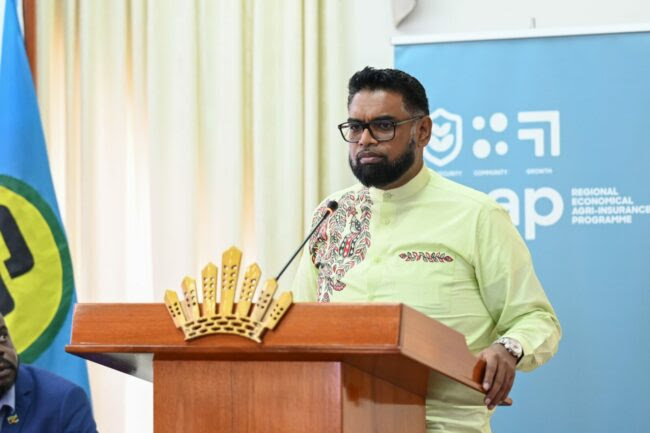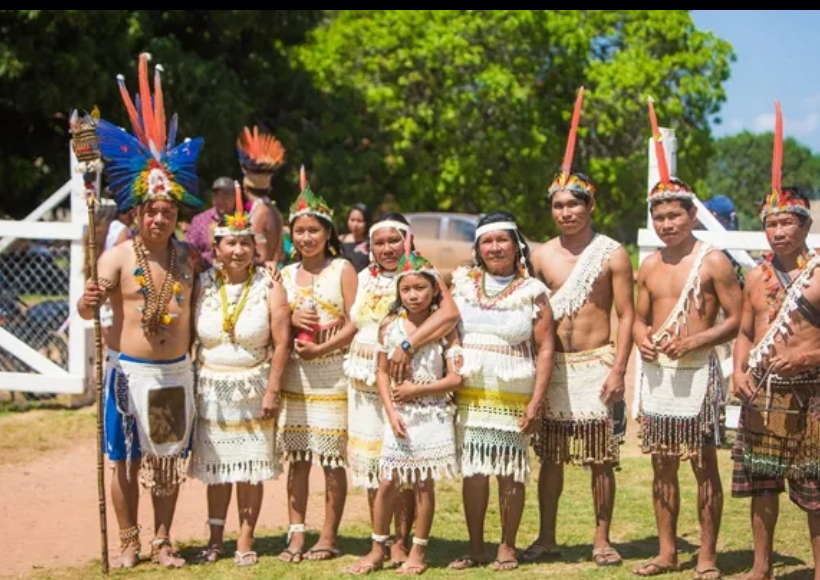More than $4.7 billion was on Thursday passed in the National Assembly to further develop and empower indigenous communities nationwide.
According to the Department of Public Information (DPI), this amount was distributed equitably to the communities in both the hinterland and along the coast, Minister of Amerindian Affairs, Pauline Sukhai told the National Assembly, while responding to questions on the allocation.
She explained that this allocation aligns with the government’s expanded Low Carbon Development Strategy (LCDS) 2030.
“The PPP/Civic Government has embarked since we came into office on developing and expanding the [LCDS]…the fund is legitimate, it is a much-needed transfer, and the LCDS which speaks about the sale of forest services and 15 per cent to the indigenous population is exactly what the government is doing,” she disclosed.
After the seven-month national consultation, it was agreed that 15 per cent of carbon credits would be paid directly to indigenous communities across Guyana.
In January and February, the National Toshaos’ Council, the national body of elected village leaders from across all 10 regions led engagements, which determined a structure for the allocation of the carbon credit payments.
The structure centres on the determination of payments based on population, and includes villages (both titled and untitled areas), communities, and satellites.
Indigenous villages and local communities will define for themselves their priorities of economic development initiatives on social uplift enter, climate adaptation and mitigation, and food security that need to be advanced for foster village sustainability.
These plans detail how the villages will identify actions that will develop the village economy as it addresses the effects of climate change. The intention of the carbon credit financing is to ensure that there is a consistent flow of revenue to the indigenous communities.
These plans outline how villages, through a process of self-determination and autonomous management, will identify and implement actions to develop village livelihoods while addressing the impacts of climate change. (DPI)











